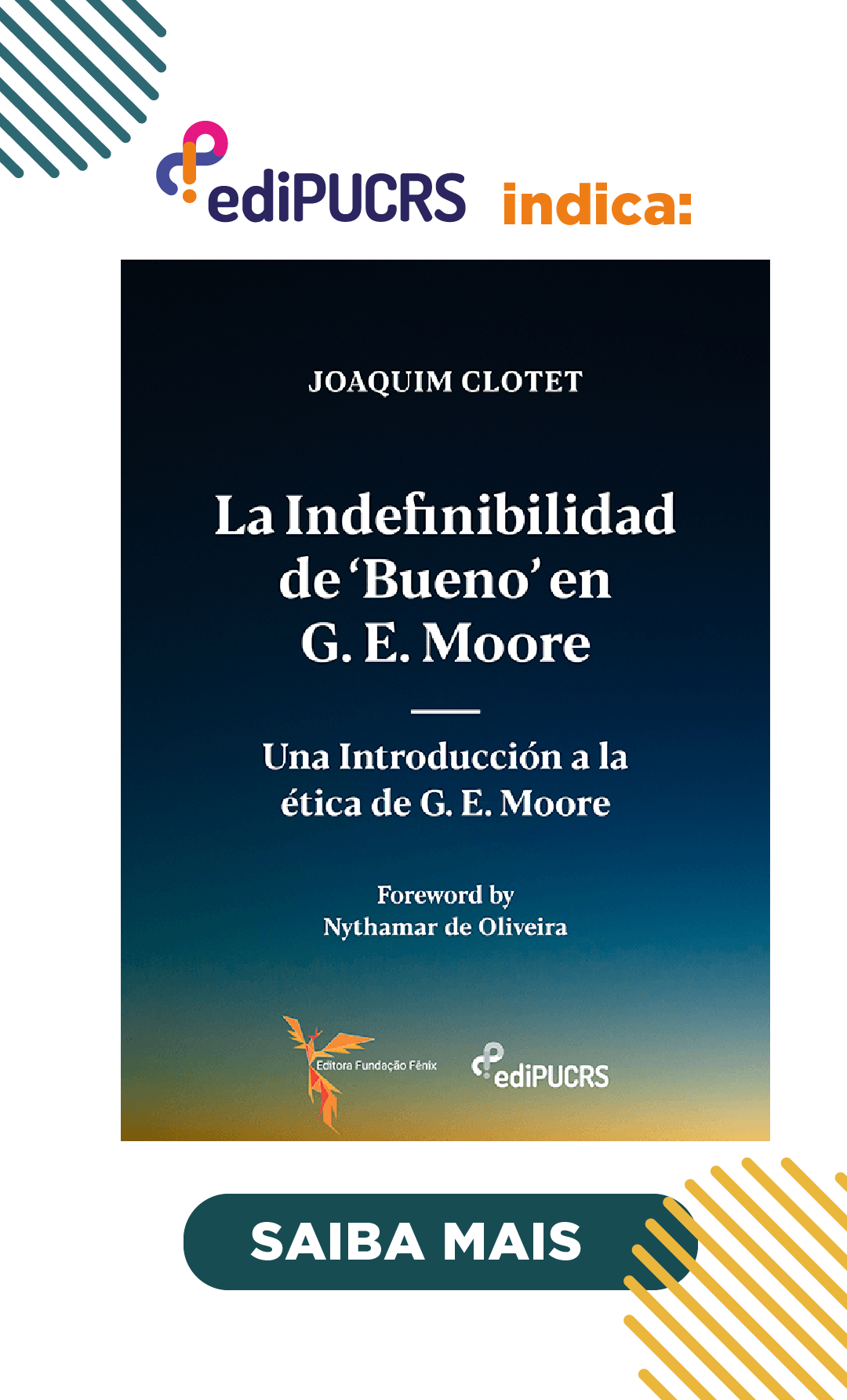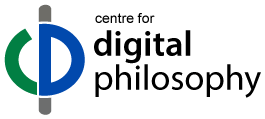Neurociência Localizada: revendo diferenças de sexo/gênero em pesquisas sobre o cérebro
DOI:
https://doi.org/10.15448/1984-6746.2020.2.36565Palavras-chave:
Neuriociência. Gênero. Sexo. Diferenças sexuais.Resumo
O objetivo deste trabalho é apresentar as críticas feitas por neurocientistas às pesquisas que buscam diferenças cognitivas entre homens e mulheres presentes no cérebro, principalmente, utilizando o respaldo da neuroimagem. Desde o início dos anos 2000, a preocupação com a utilização da neurociência para justificar estereótipos de gênero e a falta de critério dos responsáveis para diferenciar as expressões “sexo” e “gênero” têm envolvido diversas neurocientistas no debate mais profundo entre natureza e cultura apresentado por essas pesquisas. Além disso, é imperativo pensarmos no impacto desses resultados, considerando que eles fornecem argumentos para os diversos discursos sociais e contribuem muito para o entendimento das habilidades humanas.
Downloads
Referências
BAO, Ai-Min; SWAAB, Dick F. Sex differences in the brain, behavior, and neuropsychiatric disorders. Neuroscientist, [s. l.], v. 16, n. 5, p. 550-565, 2010. https://doi.org/10.1177/1073858410377005 DOI: https://doi.org/10.1177/1073858410377005
BARON-COHEN, Simon. The Essential Difference: men, women and the extreme male brain. Londres: Allen Lane, 2003.
BEAUVOIR, Simone de. O Segundo Sexo. Rio de Janeiro: Nova Fronteira, 2009.
BIAN, Lin; LESLIE, Sarah Jane; CIMPIAN, Andrei. Gender stereotypes about intellectual ability emerge early and influence children’s interests. Science, [s. l.], v. 355, n.6323, p. 389-391, 2017. https://doi.org/10.1126/science.aah6524. DOI: https://doi.org/10.1126/science.aah6524
BLUHM, Roberta. Self-Fulfilling Prophecies: the Influence of Gender Stereotypes on Functional Neuroimaging Research on Emotion. Hypatia, [s. l.], v.28, p. 870-886, 2013. https://doi.org/10.1111/j.1527-2001.2012.01311.x. DOI: https://doi.org/10.1111/j.1527-2001.2012.01311.x
BLUM, Deborah. Winter of discontent: Is the hot affair between Neuroscience and Science Journalism cooling down? Undark, Massachusetts, ano 2012, n. 3.
BRIZENDINE, Louann. The Female Brain. Nova Iorque: Morgan Road, 2006.
BUTLER, Judith. Problema de Gênero: Feminismo e subversão da identidade. São Paulo: Civilização Brasileira, 2003.
CAHILL, Larry. Why sex matter for neuroscience. NatureReviews in Neuroscience, [s. l.], v. 7, n. 6, p. 477-484, 2006. https://doi.org/10.1038/nrn1909. DOI: https://doi.org/10.1038/nrn1909
DUSSAUGE, Isabelle; KAISER, Anelis. Re-Queering the Brain. In: NEUROFEMINISM: ISSUES AT THE INTERSECTION OF FEMINIST THEORY AND COGNITIVE SCIENCE. Londres: Palgrave Macmillan, 2012. https://doi.org/10.1057/9780230368385_7. DOI: https://doi.org/10.1057/9780230368385_7
ELIOT, Lise. Pink Brain, Blue Brain: How small differences grow into troublesome gaps – and what we can do about it. Nova Iorque: Houghton Mifflin Harcourt, 2009.
EPSTEIN, Randi Hutter. Aroused: The History of Hormones and How They Control Just About Everything. Nova Iorque: WW Norton, 2018.
FAUSTO-STERLING, Anne. Sexing the body: Gender Politics and the Construction of Reality. Nova Iorque: Basic Books, 2000.
FINE, Cordelia. Will working mothers´ brains explode? The popular New Genre of Neurosexism. Neuroethics, [s. l.], v. 1, p. 79-82, 2008. https://doi.org/10.1007/s12152-007-9004-2. DOI: https://doi.org/10.1007/s12152-007-9004-2
FINE, Cordelia. Delusions of Gender: How our minds, society, and neurosexism create difference. Nova Iorque: W.W. Norton, 2010.
FINE, Cordelia. Is there neurosexism in Functional Neuroimaging investigations of sex difference? Neuroethics, [s. l.], v. 6, p. 369-409, 2013. https://doi.org/10.1007/s12152-012-9169-1. DOI: https://doi.org/10.1007/s12152-012-9169-1
HAIG, David. The inexorable rise of gender and the decline of sex: social change in academic titles, 1945-2001. Archives of Sexual Behavior, [s. l.], v. 33, p. 87-96, 2004. https://doi.org/10.1023/B:ASEB.0000014323.56281.0d DOI: https://doi.org/10.1023/B:ASEB.0000014323.56281.0d
HINES, Melissa. Brain Gender. Oxford: Oxford University Press, 2004.
HOOKS, bell. Feminism is for everybody. Nova Iorque: Routledge. 2014. https://doi.org/10.4324/9781315743189. DOI: https://doi.org/10.4324/9781315743189
JORDAN-YOUNG, Rebecca. Brainstorm: The flaws in the science of sex differences. Cambridge: Harvard University Press, 2011. DOI: https://doi.org/10.4159/9780674058798
KAISER, Anelis; HALLER, Sven; SCHMITZ, Sigrid; NITSCH, Cordula. On sex/gender related similarities and differences in fMRI language research. Brain Research Reviews, [s. l.], v. 61, n. 2, p. 49-59, 2009. https://doi.org/10.1016/j.brainresrev.2009.03.005. DOI: https://doi.org/10.1016/j.brainresrev.2009.03.005
MEYNELL, Letitia. The Politics of Pictured Reality: Locating the object from Nowhere in fMRI. In: BLUHM, Robyn; JACOBSON, Anne Jaap; MAIBOM, Heidi Lene (org.). Neurofeminism: issues at the intersection of feminist theory and cognitive science. Londres: Palgrave Macmillan, 2012. p. 12.
NIKOLEYCZIK, Katrin. Towards Diffractive Transdisciplinarity: Integrating Gender Knowledge into the Practice of Neuroscientific Research. Neuroethics, [s.l.], v. 5, p. 231-245, 2012. https://doi.org/10.1007/s12152-011-9135-3. DOI: https://doi.org/10.1007/s12152-011-9135-3
PEREZ-FELKNER, Lara; Nix, Samantha; THOMAS, Kirby. Gendered Pathways: How Mathematics Ability Beliefs Shape Secondary and Postsecondary Course and Degree Field Choices. Frontiers in Psychology, [s. l.], v. 8, p. 1-11, 2017. https://doi.org/10.3389/fpsyg.2017.00386. DOI: https://doi.org/10.3389/fpsyg.2017.00386
POOLE, Steven. Your brain on pseudoscience: the rise of popular neurobollocks. New Statesman, Londres, 2012.
PRINZ, Jesse. Gut Reactions: a perceptual theory of emotions. Oxford: Oxford University Press, 2004.
QUART, Alissa. Neuroscience: under attack. New York Times, Nova Iorque, 2012.
ELSE-QUEST, Nicole M.; HYDE, Janet Shibley; LINN, Marcia C. Cross-sectional Patterns of Gender Differences in Mathematics: A Meta-Analysis. Psychological Bulletin, [s. l.], v. 136, n. 1, p. 103, 2010. https://doi.org/10.1037/a0018053. DOI: https://doi.org/10.1037/a0018053
SCOTT, Joan. Gênero: uma categoria útil de análise histórica. Educação e Realidade, [s. l.], v. 20, n. 2, p. 71-99, 1995.
RIPPON, Gina. The Gendered Brain: The new neuroscience that shatters the myth of the female brain. Londres: The Bodley Head, 2019.
ROSE, Steven; CECI, Stephen; WILLIAMS, Wendy M. Should Scientists Study race and IQ? No: Science and Society do not benefit. Nature, [s. l.], v. 457, p. 786-788, 2009. https://doi.org/10.1038/457786a. DOI: https://doi.org/10.1038/457786a
ROSKIES, Adina. Neuroethics for the New Millennium. Neuron, [s. l.], v. 35, p. 21-23, 2002. https://doi.org/10.1016/S0896-6273(02)00763-8. DOI: https://doi.org/10.1016/S0896-6273(02)00763-8
ROSKIES, Adina. Neuroimaging and inferential distance. Neuroethics, [s. l.], v. 1, p. 19-30, 2008. https://doi.org/10.1007/s12152-007-9003-3. DOI: https://doi.org/10.1007/s12152-007-9003-3
RUBIN, Gayle. The Traffic in Women: Notes on the ‘Political Economy’ of Sex. In: REITER (ed.). Toward an Anthropology of Women. New York: Monthly Review Press, 1975.
SAFIRE, William. 2002. Stanford Encyclopedia of Philosophy. Disponível em: https://plato.stanford.edu/entries/neuroethics/#NeurSociJust.
SPRINGER, Kristen W.; STELLMAN, Jeanne Mager; JORDAN-YOUNG, Rebecca M. Beyond a catalogue of differences: A theoretical frame and good practices guidelines for researching sex/gender in human health. Social Sciences and Medicine, [s. l.], v. 74, p. 1817-1824, 2012. https://doi.org/10.1016/j.socscimed.2011.05.033. DOI: https://doi.org/10.1016/j.socscimed.2011.05.033
VIDAL, Catherine. The Sexed Brain: Between Science and Ideology. Neuroethics, [s. l.], v. 5, p. 295-303, 2012. https://doi.org/10.1007/s12152-011-9121-9. DOI: https://doi.org/10.1007/s12152-011-9121-9
ZETHRAEUS, Niklas; KOCOSKA-MARAS, Ljiljana; ELLINGSEN, Tore; VON SCHOULTZ, Bo; HIRSCHBERG, Angelica Lindén; JOHANNESSON, Magnus. A randomized trial of the effect of estrogen and testosterone on economic behavior. Proceedings of the National Academy of Sciences of the United States of America, [s. l.], v.106, p. 6525-6538, 2009.https://doi.org/10.1073/pnas.0812757106. DOI: https://doi.org/10.1073/pnas.0812757106
Downloads
Publicado
Como Citar
Edição
Seção
Licença
Copyright (c) 2020 Veritas (Porto Alegre)

Este trabalho está licenciado sob uma licença Creative Commons Attribution 4.0 International License.
Direitos Autorais
A submissão de originais para a Revista Veritas implica na transferência, pelos autores, dos direitos de publicação. Os direitos autorais para os artigos publicados nesta revista são do autor, com direitos da revista sobre a primeira publicação. Os autores somente poderão utilizar os mesmos resultados em outras publicações indicando claramente a Revista Veritas como o meio da publicação original.
Licença Creative Commons
Exceto onde especificado diferentemente, aplicam-se à matéria publicada neste periódico os termos de uma licença Creative Commons Atribuição 4.0 Internacional, que permite o uso irrestrito, a distribuição e a reprodução em qualquer meio desde que a publicação original seja corretamente citada. Copyright: © 2006-2020 EDIPUCRS



















